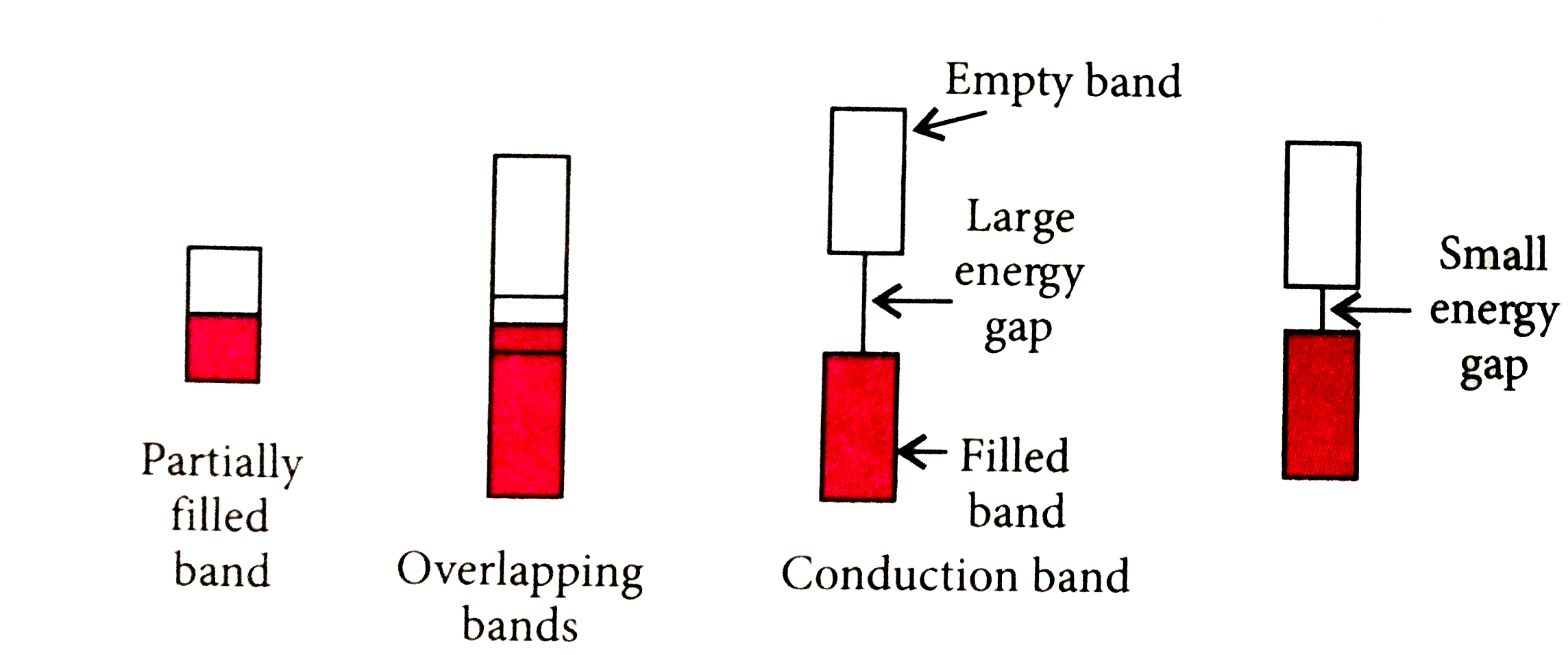Find the wavelength of light that may excite an electron in the valence band of diamond to the conduction band. The energy gap is 5.50 eV
226 nm
312 nm
432 nm
550 nm
The correct Answer is:A
To find the wavelength of light that can excite an electron from the valence band to the conduction band in diamond, we can use the relationship between energy and wavelength given by the formula:
E=hcλ
Where:
- E is the energy gap (in electron volts, eV),
- h is Planck's constant (4.135667696×10−15 eV·s),
- c is the speed of light (3×108 m/s),
- λ is the wavelength (in nanometers, nm).
Given that the energy gap E is 5.50 eV, we can rearrange the formula to solve for λ:
λ=hcE
1. Identify Constants:
- Planck's constant h=4.135667696×10−15 eV·s
- Speed of light c=3×108 m/s
- Energy gap E=5.50 eV
2. Convert Planck's constant and speed of light to compatible units:
- We can use the value of hc in eV·nm, which is 1240 eV·nm.
3. Substitute values into the formula:
λ=1240 eV⋅nm5.50 eV
4. Calculate the wavelength:
λ=12405.50≈226.36 nm
5. Round the result:
- The wavelength can be rounded to 226 nm.
Final Answer:
The wavelength of light that may excite an electron in the valence band of diamond to the conduction band is approximately 226 nm.
- E is the energy gap (in electron volts, eV),
- h is Planck's constant (4.135667696×10−15 eV·s),
- c is the speed of light (3×108 m/s),
- λ is the wavelength (in nanometers, nm).
- Planck's constant h=4.135667696×10−15 eV·s
- Speed of light c=3×108 m/s
- Energy gap E=5.50 eV
- We can use the value of hc in eV·nm, which is 1240 eV·nm.
λ=1240 eV⋅nm5.50 eV
λ=12405.50≈226.36 nm
- The wavelength can be rounded to 226 nm.
The wavelength of light that may excite an electron in the valence band of diamond to the conduction band is approximately 226 nm.
Topper's Solved these Questions
- BOOK - NCERT FINGERTPS ENGLISHCHAPTER - SEMICONDUCTOR ELECTRONICS : MATERIALS , DEVICES AND SIMPLE CIRCUITS EXERCISE - HOTS8videos
SEMICONDUCTOR ELECTRONICS : MATERIALS , DEVICES AND SIMPLE CIRCUITS
- BOOK - NCERT FINGERTPS ENGLISHCHAPTER - SEMICONDUCTOR ELECTRONICS : MATERIALS , DEVICES AND SIMPLE CIRCUITS EXERCISE - NCERT8videos
SEMICONDUCTOR ELECTRONICS : MATERIALS , DEVICES AND SIMPLE CIRCUITS
- BOOK - NCERT FINGERTPS ENGLISHCHAPTER - RAY OPTICS AND OPTICAL INSTRUMENTSEXERCISE - NCERT Exemplar11videos
RAY OPTICS AND OPTICAL INSTRUMENTS
- BOOK - NCERT FINGERTPS ENGLISHCHAPTER - WAVE OPTICSEXERCISE - Assertion And Reason15videos
WAVE OPTICS
Similar Questions
Knowledge Check
- Question 1 - Select One
Assertion : The electrons in the conduction band have higher energy than those in the valence band of a semiconductor
Reason : The conduction band lies above the energy gap and valence band lies below the energy gap.AIf both assertion and reason are true and reason is the correct explanation of assertion.BIf both assertion and reason are true not but reason is not the correct explanation of assertion.CIf assertion is true but reason is falseDIf both assertion and reason are false. - Question 2 - Select One
Assertion: If there is some gap between the conduction band and the valence band, electrons in the valence band all remain bound and no free electrons are available in the conduction band. Then the material is an insulator.
Reason: Resistance of insulators is very lowAIf both assertion and reason are true and reason is the correct explanation of assertion.BIf both assertion and reason are true not but reason is not the correct explanation of assertion.CIf assertion is true but reason is falseDIf both assertion and reason are false.
In an insulator, the forbidden energy gap between the valence band and conduction band is of the order of
View SolutionThe energy band gap is maximum in
View SolutionThe for bidden gap in the energy bands of sillcon is
View SolutionIf →a and →b are two unit vectors and θ is the angle between them, then the unit vector along the angular bisector of →a and →b will be given by
View SolutionThree type of bands are shown in the figures given below showing the position of the valence band and conduction band. The figures A,B and C represent
 View Solution
View SolutionExperiments show the electrical conductivity of semiconductors to rise drastically with temperature. Assuming that it is possible to calculate the probability of electron transition from the valence to the conduction band using the barometric distribution, derive the formula for the temperature dependence of a semiconductor's conductivity.
View Solution

